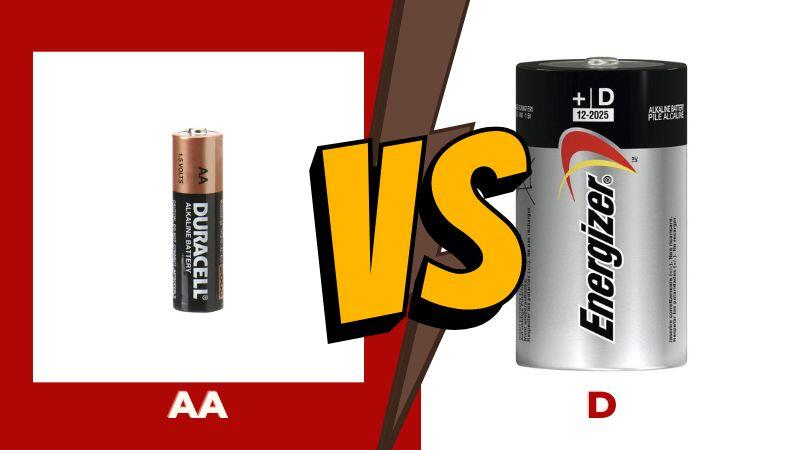Batteries are ubiquitous in our modern lives, powering a wide range of electronic devices we rely on daily. AA and D batteries are two of the most commonly used types of batteries, found in everything from remote controls to flashlights to portable radios. However, despite their ubiquity, many people are not aware of the differences between AA and D batteries and the specific applications for which they are best suited.
In this article, we will dive deeper into the characteristics of AA and D batteries, examining their differences in size, voltage, capacity, and cost. By understanding these differences, readers will be better equipped to make informed decisions when selecting batteries for their devices. Additionally, we will discuss the pros and cons of using AA and D batteries and provide recommendations for which type of battery is best suited for specific devices and applications.
Whether you are a casual user of batteries for your everyday devices or someone who relies on them for high-powered tools and equipment, this article will provide valuable insights into the world of AA and D batteries. So, let’s explore the differences between these two popular battery types and help you make the best choice for your needs.
Differences Between AA and D Batteries
Size
One of the most obvious differences between AA and D batteries is their size. AA batteries are smaller than D batteries, with a length of 50.5 mm and a diameter of 14.5 mm, while D batteries measure 61.5 mm in length and 33.2 mm in diameter. The larger size of D batteries means they can hold more power than AA batteries, making them suitable for devices that require more energy, such as flashlights, radios, and some toys.
Check also – AA vs C Batteries: What are the Differences?
Voltage
Both AA and D batteries are alkaline batteries, which means they have the same nominal voltage of 1.5 volts. However, due to their larger size, D batteries can maintain this voltage for a longer period than AA batteries. This makes D batteries ideal for high-power devices that require a sustained and stable voltage output, such as portable stereos, camping lanterns, and electric tools.
Capacity
Battery capacity is the amount of energy a battery can hold, and it’s measured in milliampere-hours (mAh). D batteries have a higher capacity than AA batteries, with an average capacity of 20,000 mAh for D batteries, while AA batteries have an average capacity of 2,500 mAh. This means that D batteries can provide more energy for a longer period than AA batteries, making them better suited for devices that consume a lot of power over an extended period.
Cost
The cost of AA and D batteries can vary depending on the brand, quantity, and location of purchase. In general, D batteries are more expensive than AA batteries due to their larger size and higher capacity. However, the price difference is not always significant, and it may be more cost-effective to use AA batteries in devices that don’t require high power consumption.
Conclusion
AA and D batteries have their advantages and disadvantages, and choosing between them depends on the device’s power requirements, size, and expected usage time. AA batteries are more suitable for low-power devices such as remote controls, digital cameras, and computer mice. On the other hand, D batteries are better for high-power devices such as flashlights, portable radios, and electric tools that require a sustained and stable voltage output. Additionally, the cost of AA and D batteries can vary depending on the brand and quantity, and it’s essential to consider the total cost of ownership before making a purchasing decision.




